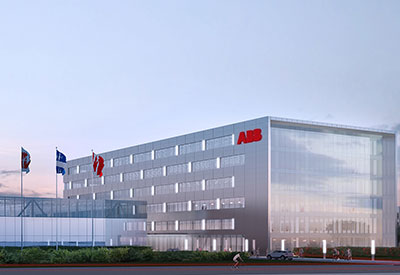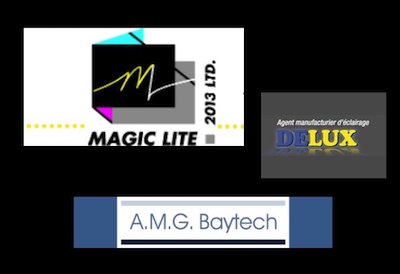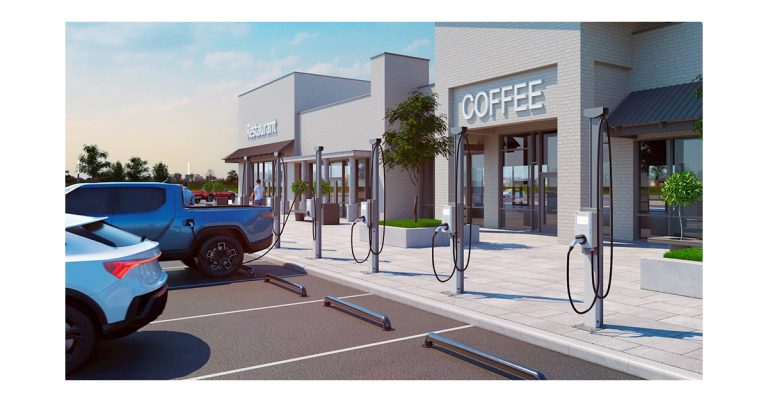ABB Holding Course in Tough Markets with Q3 2019 Results

Nov 1, 2019
- Total orders -1%1, order backlog +3%
- Steady revenues and book-to-bill2
- Operational EBITA margin2 11.7%, +20 basis points; impacted 70 basis points by stranded costs
- Income from continuing operations, net of tax $422 million, -1%
- Net income $515 million, -15%
- Operational EPS2 $0.33, -7%3
- Cash flow from operating activities $670 million, +19%, solid cash delivery expected for the full year
- Björn Rosengren appointed Chief Executive Officer, effective March 1, 2020
“The Group delivered a robust performance for the quarter in the face of weaker macroeconomic conditions impacting some of our customer markets, above all robotics and automation,” said Peter Voser, Chairman and CEO of ABB.
He added: “We are holding course and pursuing long-term growth, staying firmly focused on managing costs in response to softer demand while progressing our transformation agenda. We continue to drive the strategy forward while instilling a culture of empowerment and high performance.”
Short-term outlook
Macroeconomic indicators are mixed in Europe and China, while they weaken in the US. Global markets overall remain affected by geopolitical uncertainties.
Compared to the macroeconomic indicators the end-markets ABB operates in are showing resilience, with headwinds in some markets, particularly discrete industries. Oil prices and foreign exchange translation effects are expected to continue to influence the company’s results.
Q3 2019 Group results
“The Group delivered a solid result in Electrification and Motion while holding up against strong headwinds in Robotics and Discrete Automation. We recognized a negative impact from revaluing a large project in Industrial Automation,” said Timo Ihamuotila, CFO of ABB.
“For the year as a whole we continue to expect slight revenue growth and improved operating margins. We are encouraged to see the integration of GEIS and the roll-out of our ABB-OS operating model starting to improve the performance of the Group for the long-term.”
Group results summary
In the quarter, the Industrial Automation business had a specific project revaluation which reduced total revenues by 1 percent. Operational EBITA margin of 11.7 percent was impacted by a combined 190 basis points, including approximately 90 basis points due to the specific project revaluation in Industrial Automation, approximately 70 basis points from stranded costs and approximately 30 basis points from a charge in the legacy non-core business.
Continuing operations otherwise reflected resilient performance from the businesses, despite headwinds in the Robotics & Discrete Automation business. Compared to the prior year period, the result benefited from a lower run-rate in Corporate & Other operational EBITA consistent with savings delivered through the simplification program, ongoing elimination of stranded costs and improvement in the non-core business.
Net income was, in addition, impacted by lower net income from discontinued operations.
Orders
Orders were 1 percent lower (3 percent in US dollars) in the quarter compared to the prior year period. Moderate growth in Industrial Automation and slight growth in Electrification and Motion was outweighed by weaker demand in Robotics & Discrete Automation. Foreign exchange translation effects had a net negative impact of 1 percent on orders and portfolio changes had a net negative impact of 1 percent.
Service orders, which represented 19 percent of total orders, were 2 percent lower (5 percent in US dollars) on a year-on-year basis. Large orders made up 5 percent of orders, down 1 percent on the prior year period.
Market overview
On a regional basis:
- Orders from Europe were 2 percent lower (6 percent in US dollars). Large country markets including Sweden and Italy held steady. Orders from France, the UK and Spain advanced, while in Switzerland, Finland and Norway orders declined when compared to the prior year period. In Germany, orders were 1 percent lower (5 percent in US dollars).
- Orders from the Americas were 1 percent lower (1 percent in US dollars), with good order development from Canada but mixed performance elsewhere. Orders from the United States were 1 percent lower (1 percent in US dollars).
- In Asia, Middle East and Africa (AMEA), orders were up 1 percent (3 percent lower in US dollars). Orders were lower in China and South Korea, but grew well in India, Japan, Singapore and the UAE. In China, orders were 5 percent lower (7 percent lower in US dollars).
In ABB’s key customer segments:
- In process industries, ongoing operational expenditure, particularly from oil and gas and chemicals customers, was reflected in solid order growth. Conventional power generation markets were subdued.
- In discrete industries, traditional automotive and automotive-sector related industries as well as 3C and machine builders’ markets faced ongoing headwinds which dampened ABB’s growth. ABB continued to see strong growth in warehouse automation.
- In the transport and infrastructure sectors, investments in rail and marine and ports continued, absent the large orders that benefited the comparative period. Strong demand was evident in data centers, e-mobility and renewables markets. Building activity was robust, with strong growth in building automation solutions.











